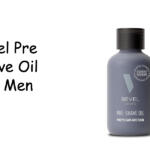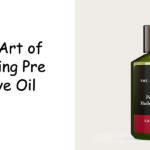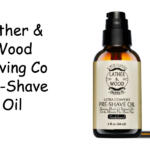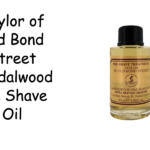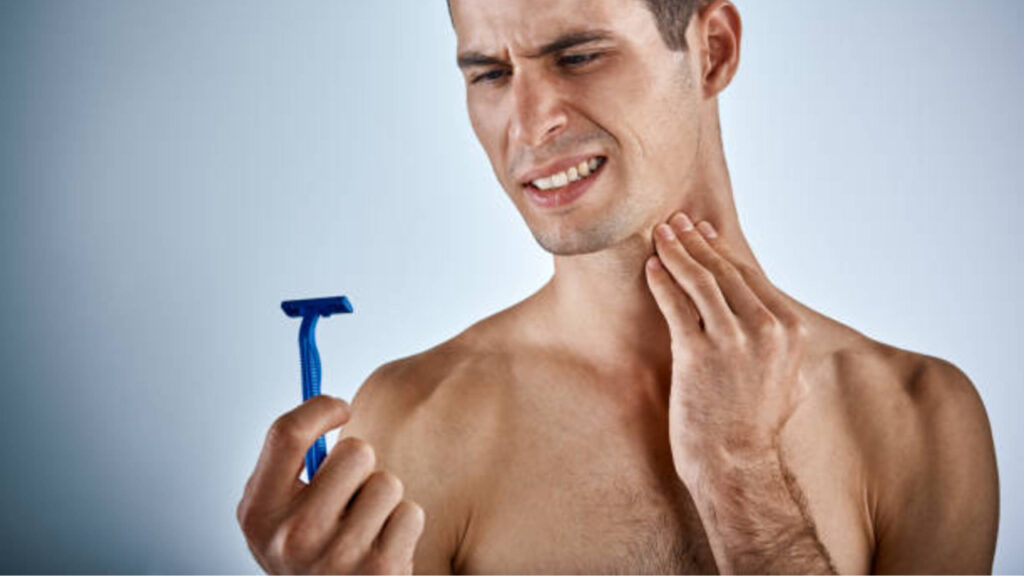
When it comes to the daily rituals of grooming, shaving is a routine practice for many. But like all things, if done without adequate knowledge and caution, it can have its downsides.
As someone who’s delved deep into the intricacies of skincare, let me guide you through the potential challenges of shaving and how you can address them.
Understanding Shaving-related Skin Concerns
The Discomfort of Itching:
Shaving can sometimes lead to that pesky itch. Often, this arises either from an irritation during the shaving process or as the hair begins to regrow. Instances of folliculitis, a condition prompted by bacterial interference, manifest as irritable red bumps encircling the hair follicles. Combat this by ensuring a clean razor, shaving along the grain of the hair, and moisturizing post-shave.
Those Annoying Nicks and Cuts:
Many of us have felt the sting of a small cut from our razor. From minor grazes to more serious injuries, these generally stem from using a blunt blade or applying too much pressure while shaving. The solution? Employ a razor that’s in top condition, be gentle, and should you incur a cut, cleanse the area with warm water and soap. Follow this up with an antiseptic application.
The Dry Skin Dilemma:
The act of shaving does more than just eliminate hair. It can strip away dead skin cells, making your skin feel parched. Additionally, any residual moisture post-shaving can exacerbate the dryness. Tackle this by hydrating your skin before and after shaving, opting for a razor that’s in peak condition, and evading excessive shaving.
Characterized by itchy red patches post-shave, razor burns can be attributed to shaving on dry skin, utilizing worn-out razors, or shaving against the grain. Fend off razor burns by employing a pristine blade, making gentle strokes along the grain, and applying a superior shave gel. A calming post-shave lotion can also provide relief.
Ingrown Hair Hassles:
Ingrown hairs, manifesting as inflamed red bumps, arise when hair either retraces its path or grows laterally into the skin. This concern is more prevalent among those with dense or wavy hair. Counteract this by maintaining a razor in good condition, following the hair’s natural grain, and exfoliating prior to shaving.
Other Skin Irritations:
Shaving can sometimes result in redness, rashes, or the appearance of razor bumps. Ensure the use of a top-tier razor paired with keen blades, and maintain hydrated skin both pre and post-shave.
Pseudofolliculitis Barbae or the Razor Bumps:
This is when shaved hairs curve back into or grow underneath the skin, leading to inflammation. Avert razor bumps by using a sharp blade, making succinct strokes, and refraining from repeatedly shaving the same zone.
Reactions and Sensitivities:
Allergies can arise from certain shaving products. In severe scenarios, this could even culminate in anaphylactic shock, which necessitates immediate medical care. It’s best to select hypoallergenic shaving items and seek advice from a dermatologist for any consistent skin reactions post-shaving.
Guarding Against Bacterial Incursions:
At times, shaving might pave the way for bacterial issues like folliculitis. Preempt such infections by sticking to a sanitized razor, not lending your razor to others, and sanitizing the skin before and after your shave.
Drawing the Curtain: Steps for a Safer Shave
My journey in skincare has reaffirmed one thing: prevention reigns supreme. Kick off your shave with a sterilized razor and lukewarm water to both temper the hair and dilate the pores. Lean towards a hydrating, friction-reducing shaving cream or gel.
Incorporate a razor that effortlessly slides over the skin, diminishing any chances of abrasions. And remember, shaving isn’t a race. Take your time, making concise strokes in line with hair growth. By heeding this advice, you’re setting the stage for a smooth shave with the least skin aggravation.
Last update on 2024-04-24 / Affiliate links / Images from Amazon Product Advertising API
Affiliate Disclosure: This post contains affiliate links, which means I may receive a small commission, at no extra cost to you, if you make a purchase using these links.

Jay Kang
Just because i'm asian does not mean I don't need shaving. I always wanted to grow a beard when I was young, now I need to shave because hair growth for me is a problem. I'm going through what every man will and has gone through before.

